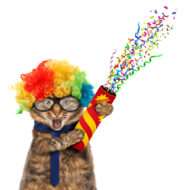
The Wall Street Journal has also been covering the health benefits of walking, notably the walk-and-talk business meeting. According to their September 13th article, “the health benefits are real for people who take walking meetings; their work gets more creative, too.”
These walking meetings are typically held with two or three people over a set route and period. Given mounting research on the health benefits of being more mobile at work, the walking meeting provides a way to integrate movement with other work activities.… Read More








